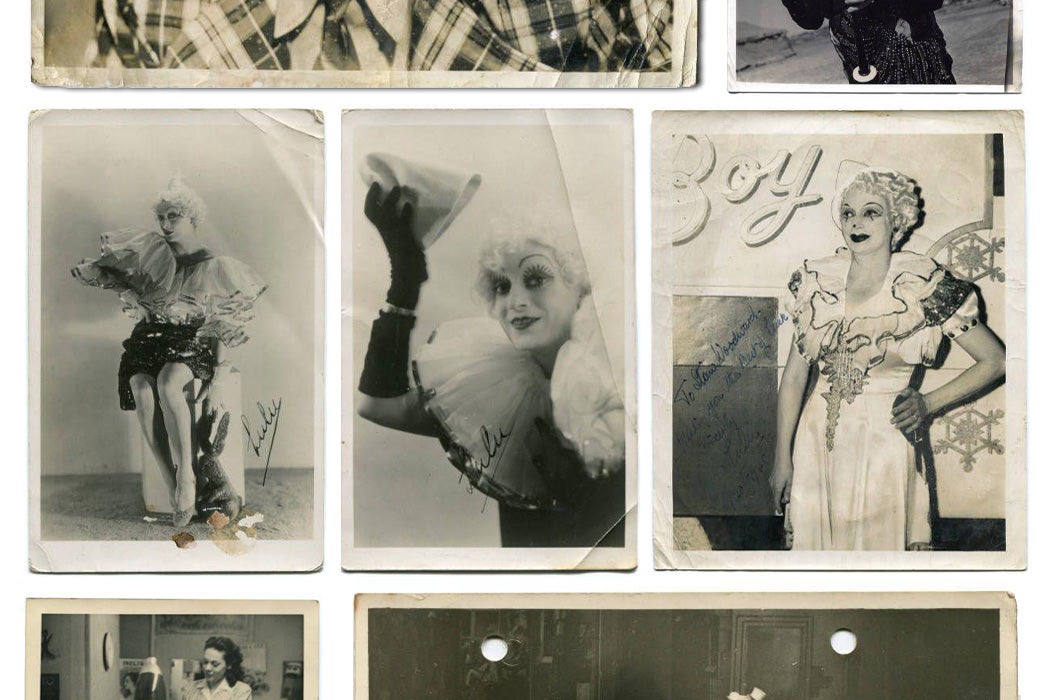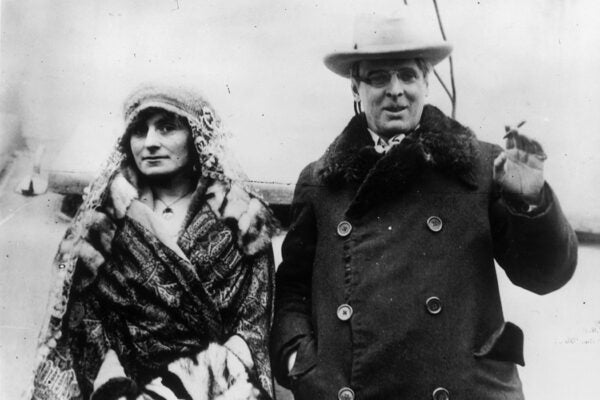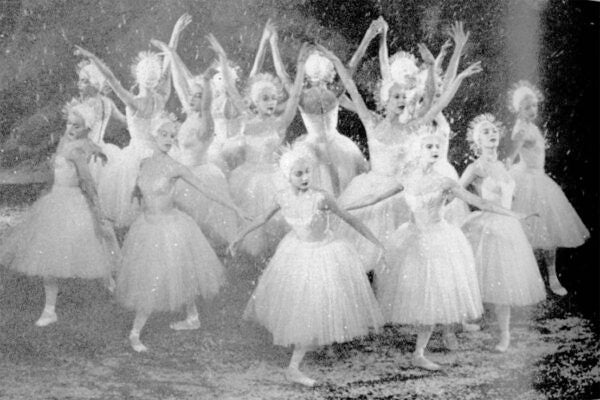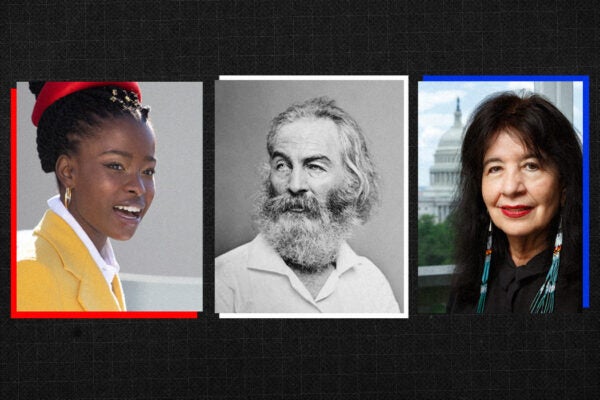Joe Craston was aghast. His adolescent daughter Louise was standing beneath a big top in a rural French town preparing to enter the center ring. Joe had nearly disowned Lulu—as she was known—for this “unladylike” decision, but his horror was not at her affinity for the circus. The Crastons and the Cashmores, the family of Lulu’s mother, Martha, were proud carnifolk since at least the mid-nineteenth century. When Lulu was born in about 1900 while her parents were performing in Belgium, she already had some fifty years of animal trainers, acrobats, and tightrope artists dangling daringly from her family tree. Joe himself had been a famous clown since the age of nine when he was plucked for stardom by Lord George Sanger, the showman of the Victorian Circus. Now Lulu, standing ringside in absurd, grotesque garb and oversized shoes, intended to follow in her father’s footsteps. That was the problem: women were not meant to be clowns.
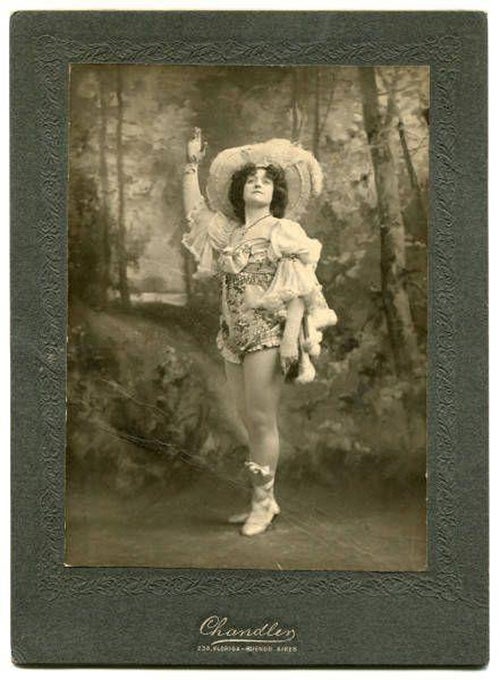
Lulu had been practicing her act for months, but she was shaking when she heard the band play her cue. “I walked slowly into the ring and into the glare of the lights and promptly fell over my ridiculously large boots,” she reported to the Manchester Evening Chronicle in 1935. It was an accident, but the crowd roared—a sound “like divine music to me,” she remembered. “I could make them laugh and that was all that mattered.” (Apparently Joe shared that view; Lulu and her father would go on to perform together.)
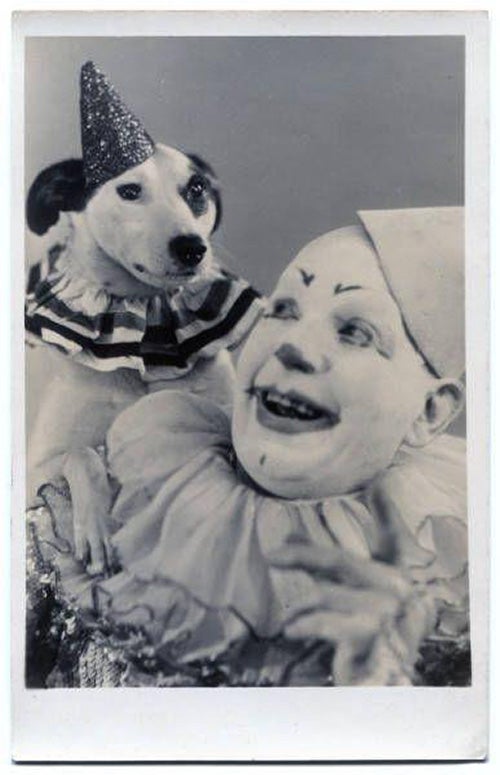
“Woman has invaded one of the last of the closed professions—the ancient art of clowning,” the United Press reported when Lulu joined the London Circus in 1934, two decades or so after her debut. That too is laughable, historians of the circus say. She was far from the first woman clown nor was she the only one performing in the early twentieth century, though a woman in white greasepaint would remain a novelty into the 1970s.
“In each decade publicity portrayed a woman as the ‘first’ or ‘only,’” Katherine H. Adams and Michael L. Keene write in Women of the American Circus, 1889–1940. But Lulu, who performed under that name across the world for four decades, may have been the best known of the era, and, thanks to the archival efforts of the National Fairground Archive at the University of Sheffield, she’s one of the best remembered, even more than forty years after her death.
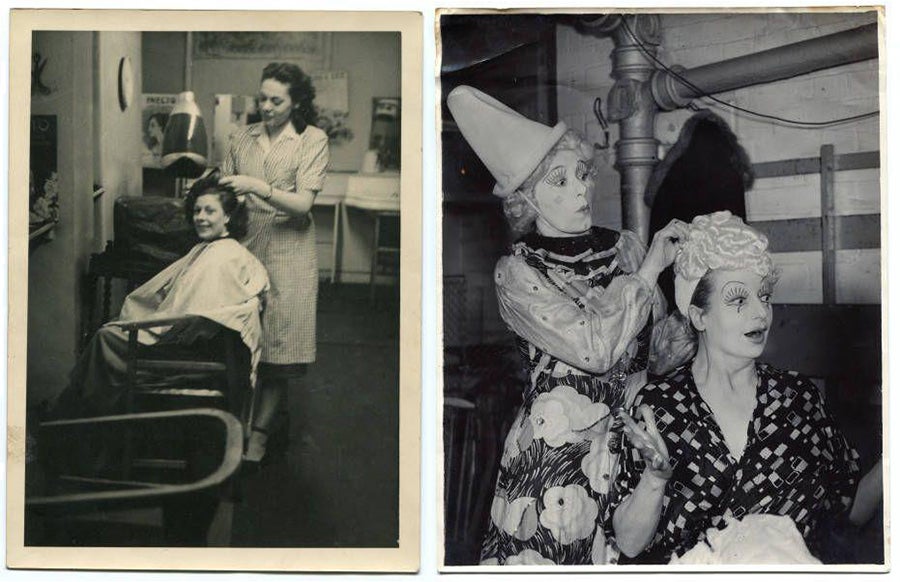
The university’s remarkable collection, which documents Lulu’s family and career between the 1880s and 1950s, was discovered on an online auction site in 2007, writes Arantza Barrutia-Wood of the National Fairground and Circus Archive in her brief biography of Lulu. That trove included more than 300 black-and-white photographs, shared via JSTOR, which capture both Lulu the woman and Lulu the clown, though Lulu would have quibbled with the distinction. “It is impossible to separate the private life of a circus clown from his life in the ring,” she wrote.
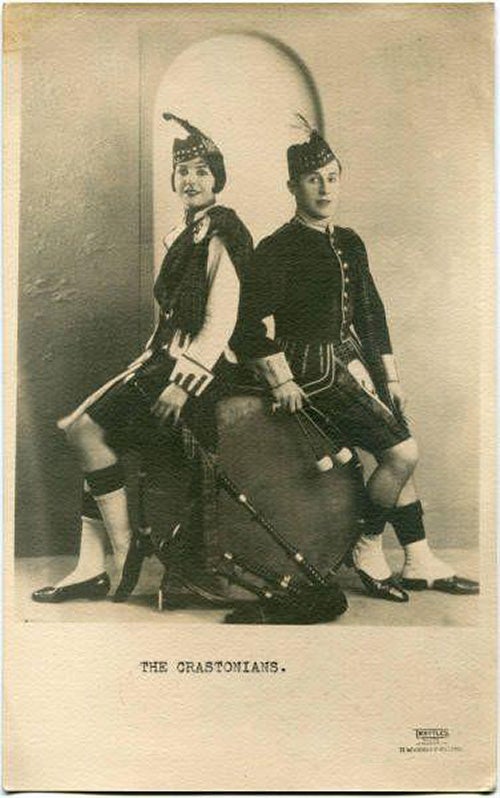
That was true for Lulu, at least. She was performing in a Scottish-themed musical act with her brother Joe and sister Victoria in the 1920s when she met Albert Adams, another clown. The pair soon married and made their debut in London in 1929 as “Albertino and Lulu,” an act they would carry on for almost two decades. Lulu, in her signature curly white wig, dunce cap, and exaggeratedly feminine makeup, and Albert, with his bulbous red nose, would entertain with a lively comedy and musical revue; Lulu played the bagpipes, clarinet, saxophone, coronet, and piano, among other instruments. Her most important skill, though, was her ability to read the crowd.
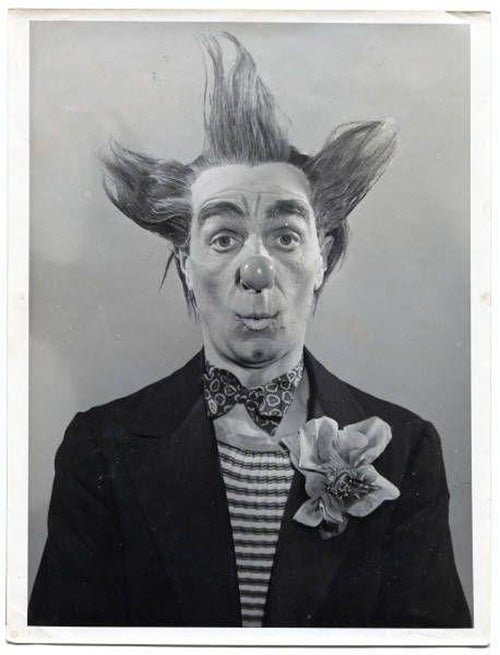
“Clowns have to be philosophers and psychologists as well as humorists. Their success or failure depends entirely on their ability to judge the temper of an audience and its appreciation of humor,” Lulu observed in the above-cited Manchester Evening Chronicle article. “The clown has to take all this in during the first minute of his appearance in the ring and model accordingly.”
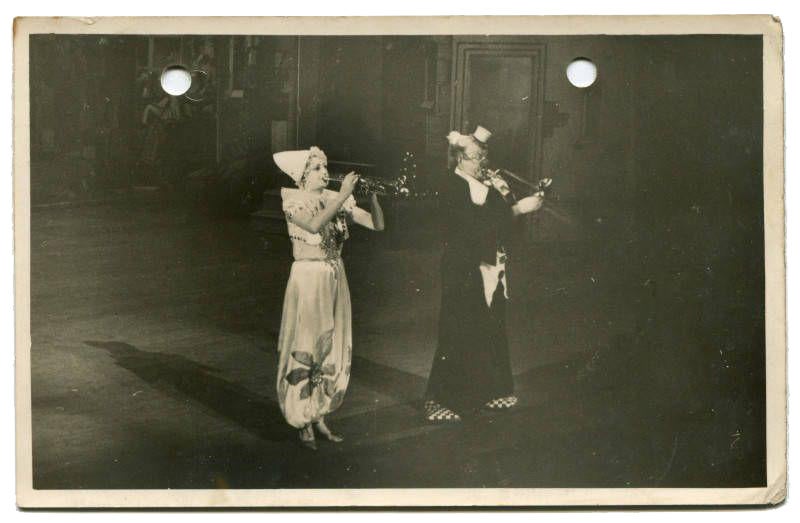
When considering why more women weren’t clowns, Lulu suggested that her gender’s “natural vanity” or “subtle, indirect” sense of humor might be the cause (though in a 1939 syndicated interview with the columnist Ruth Millett she did also allow that clowning had long been a “rough and ridiculous business”). Even decades into her career, in 1948, Lulu felt she had to “act like a lady clown,” wrote a reporter for the St. Louis Globe-Democrat, “a lady clown should be dignified.”
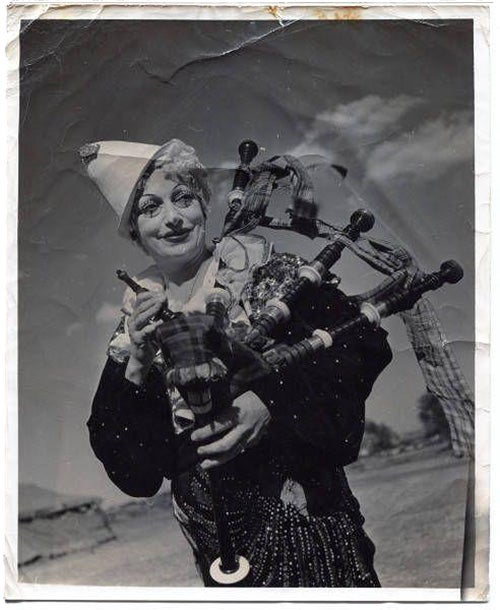
Despite the obstacles she faced in her chosen profession, Lulu believed “clowning the greatest fun in the world,” as she told the Manchester newspaper. Given that, she wondered “how the story of the music hall clown who plays with a broken heart has become so widespread.” Sadly, she would play that role, too, before the end of her career.
Weekly Newsletter
In April 1948, Lulu and Albert were promoting their upcoming appearance with the Ringling Brothers and Barnum & Bailey Circus live across the radio waves from 30 Rockefeller Plaza in Manhattan. Lulu had just introduced her husband as “a great clown, a very funny man.”
“Yes, I am,” Albert said, before falling to the floor, clutching his heart.
Lulu thought he was joking, but Albert was dead of a heart attack, reported the Globe-Democrat. The next night, the widowed clown stood in the ring in Madison Square Garden all alone, making people laugh.
“Albert would expect me to go on,” she said.
